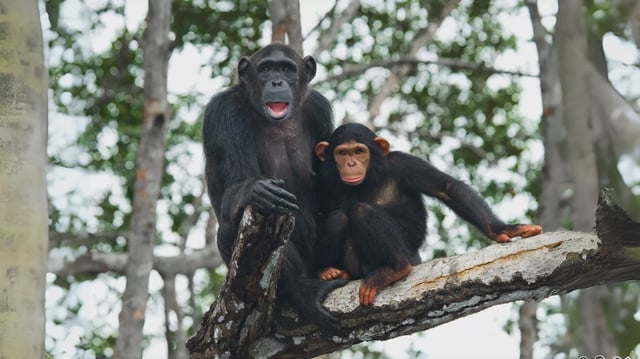Overview
- Researchers observed frequent dry-season tree foraging by Issa Valley chimpanzees despite their open woodland habitat.
- Foraging sessions peaked in large open-crown trees that provided abundant fruits, leaves and seeds, indicating a payoff between climbing effort and nutritional gain.
- Chimpanzees accessed high-value foods on thin terminal branches by hanging beneath them or standing upright while gripping nearby limbs.
- Study limitations—observations from only one community during the dry season—have prompted recommendations for additional wet-season and multi-site behavioral surveys.
- The persistence of tree-based suspensory and upright behaviors suggests arboreal adaptations may have continued to influence early hominin bipedal evolution in canopy settings.

